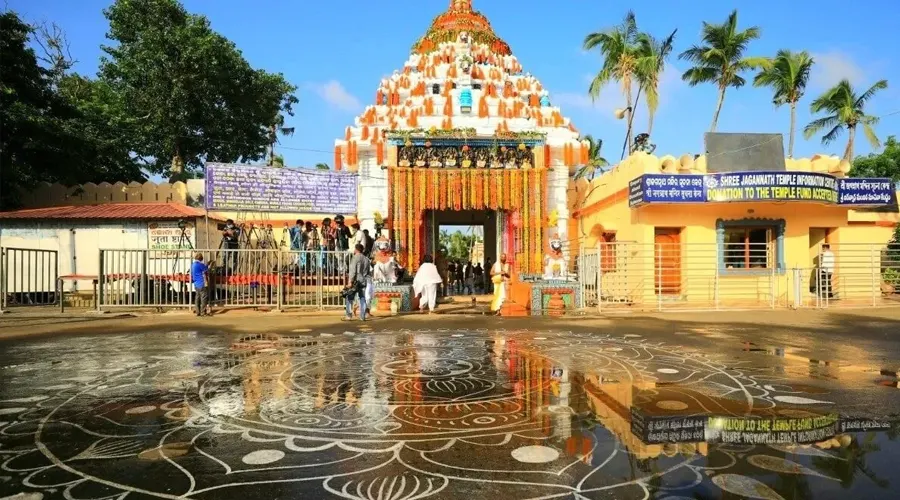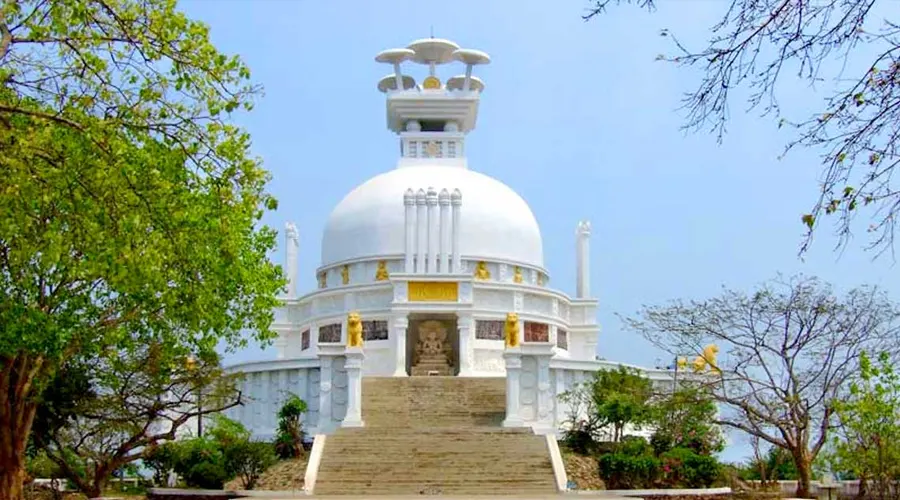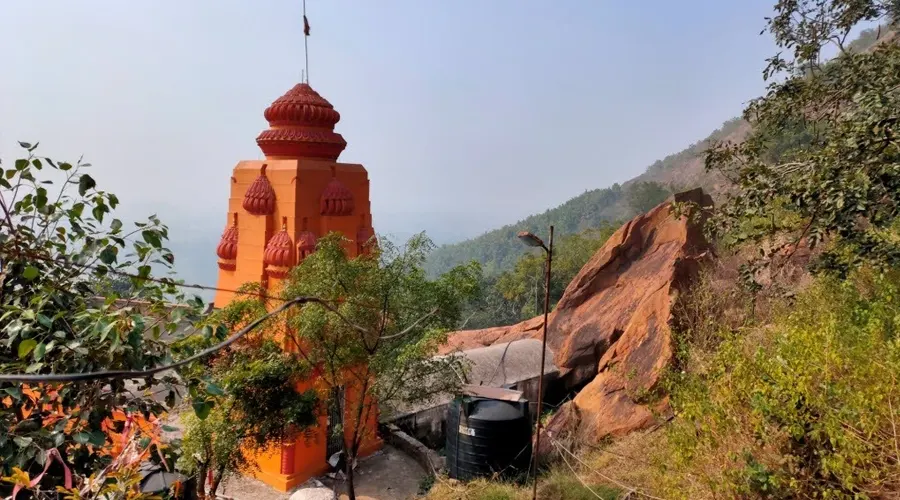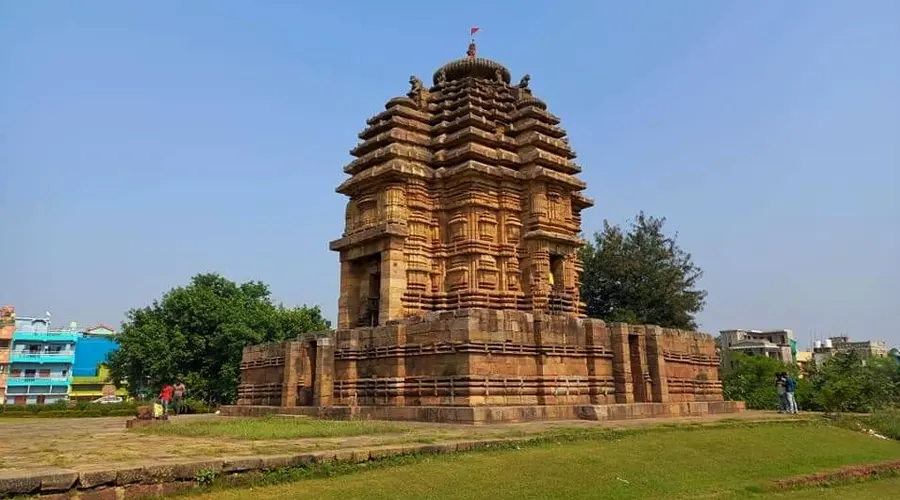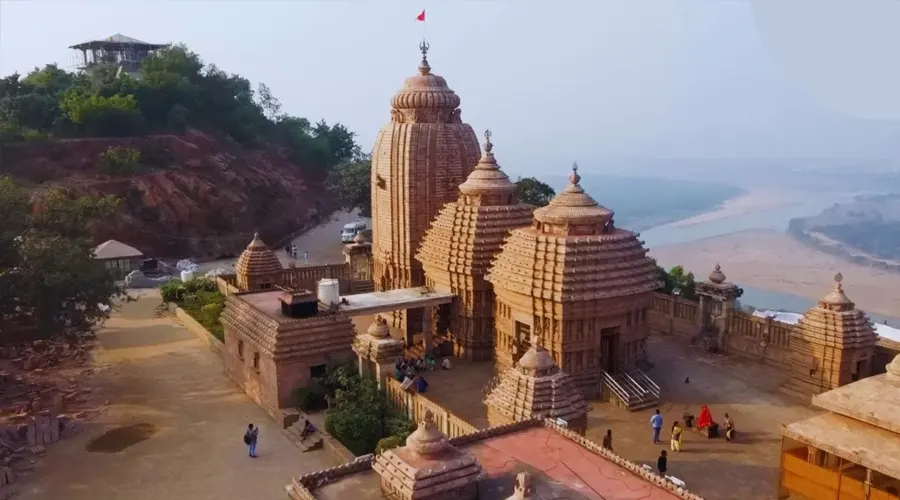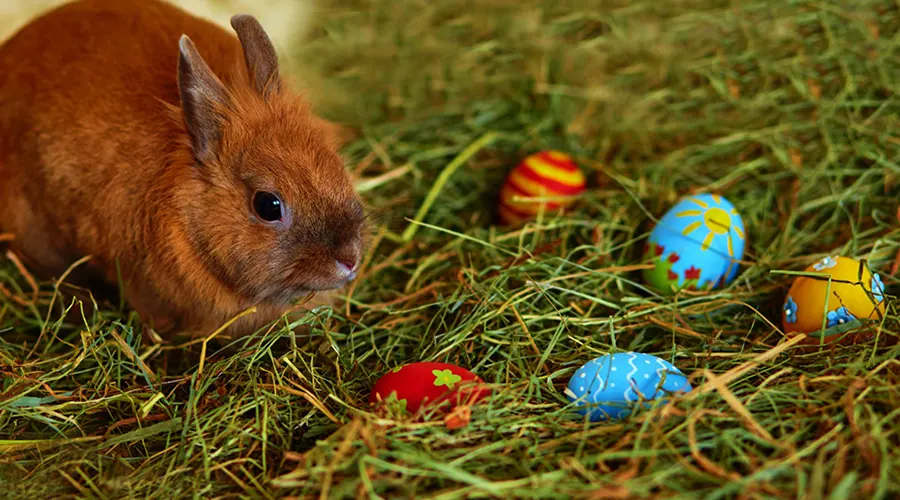Parasurameswara Temple
Engrossed in the worship of Lord Shiva and Goddess Shakti is another famous temple of Odisha, Parasurameswara. It was around 650 A.D. that this temple counted among the Parashurameshvara group of temples was gifted to the city of Bhubaneswar.
Even though Parasurameswara Temple is the abode of Lord Shiva, this temple worships both Shakti and Shiva. Moreover, if travelers consider the architectural style of this temple, it embodies the charm of the Nagara style which was followed widely during 650 AD. Some of the major features in the architecture that make this temple one of the popular tourist attractions are the vimana, a bada, the curvilinear spire over the roof, and the sanctum.
Those who want to plan a visit to Parasurameswara Temple can come around the time of June and July as the temple celebrates Parashurashtami which is its main festival.
History of Parasurameswara Temple
According to historians, the temple was built in the 7th Century AD by Madhavaraja II of the Shailodbhava Dynasty. It is believed that the Shailodbhavas were great devotees of Shaivism (worship of Lord Shiva) as well as Shaktism (worship of Goddess Shakti). In the year 1903, the temple was renovated and some changes were made to the inner roof of the sanctum.
The main festival celebrated in the Parasurameswara Temple is Parasumastami. According to the Hindu calendar, this festival falls in the month of Ashada (June or July). A procession and feast are organized during this festival.
Architecture of Parasurameswara Temple
The Parasurameswara Temple is known for its Kalinga style of architecture. The spire (Shikhara) of the shrine is designed in Pancharatha style. The temple is divided into two main parts, including the sanctum (Vimana) and prayer hall (Jagmohana). The sanctum has a square shape, with its walls being divided into different segments called Pagas or Rathas. On the other hand, the prayer hall has a rectangular shape with a terraced roof.
The main entrance of the prayer hall features exquisite carvings of elephants. The hall has four windows, two on its west side and one each in the north and south. These windows have an interlaced design, featuring sculptures of musicians and dancers. It has another doorway in the south direction as well.
The north wall of Jagamohana comprises sculptures of various deities including Lord Ganesha and Goddess Chamunda, along with images of Saptamatrikas – the seven Hindu goddesses, who symbolize power (Shakti). The names of these goddesses are Brahmi, Maheshwari, Kaumari, Vaishnavi, Varahi, Indrani, and Chamundeshwari.
The porch and the outer walls of the temple feature carvings of animals, flowers, couples, mythological stories, and figures of Hindu deities. The images of Ardhanareswara, Ganga, Yamuna, Lord Shiva, and Goddess Parvati can also be seen engraved on the walls of the shrine. Lord Shiva has been represented in the form of Nataraja, displaying various dancing poses.




